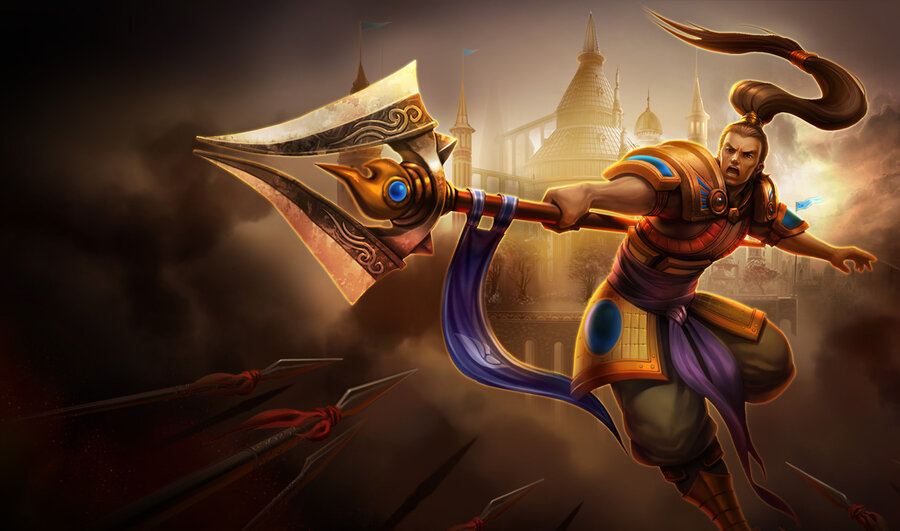Ancient love uncovered? Scientists reveal contents of Chinese general's tomb.
Loading...
Archaeologists in China have uncovered the remains of Zhao Xin, a general of the Northern Qi Dynasty, and his wife in a tomb that has lain untouched for 1,500 years.
The tomb of the ancient couple, which also includes more than 100 colored figurines, became the highlight of this recent archaeological discovery. While the findings were originally described in 2015, a recent English translation of the article in the journal Chinese Cultural Relics helped to highlight the significance of this unusual discovery, LiveScience reports.
"The grave goods in this tomb are comprised of a total of 105 items, mostly pottery figurines," the archaeologists wrote.
Well-preserved in their colors, the grave goods were mostly ceramic figurines, featuring warriors and drummers. Other representations include a camel, an ox, and an eternal guard. The tallest one stands at about 22 inches.
A sandstone inscription, detailing the life and the reasons behind the location of the burial, was also found in the cemetery, which was excavated by the archaeologists between August 2012 and June 2013.
Though the reason why the couple was buried together is still unknown, the inscription says they were buried on March 18, 564, “on the 20th day of the second moon of the third year of the Heqing period.”
Zhao Xin, who served the rulers of the dynasty, helped to control part of northern China from 550 to 577 as a general of a garrison of soldiers and at times a governor in different parts of China. Zhao’s accomplishments included leading his garrison to victory in battle at a place called Huangniu Town, “disposing the Yi barbarians,” and “exterminating the enemy” as 1,000 men “lost their souls” and the public flocked to him, according to the translated inscription.
While not much was written about his wife, Princess Neé Liu, the inscription commemorates her personality and integrity: “By nature, she was modest and humble, and sincerity and filial piety were her roots. Her accommodating nature was clear, her behavior respectful and chaste,” CBS reports.
The burial location, near modern-day Taiyuan city in Shanxi Province, also underscored the importance of the couple. While buried on the “eastern foothills of the Xishan Mountains, on the west bank of the Fenhe River,” the inscription suggested that it could have some symbolic value.
Some 69 more tombs were found near the cemetery, and a further analysis of the remains is under way.
China has seen some other important archaeological findings in recent years. Last October, historians and archeologists revealed that the Terracotta Army, the life-sized statues that were found in the tomb of China’s first emperor Qin Shi Huang, were likely inspired by ancient Greek sculptures and art. While “calling into question the commonly held belief that Marco Polo was the first European to travel to Asia in 1300 AD,” this discovery also suggested that this estimate may be off by more than 1,500 years, as The Christian Science Monitor noted at the time.






